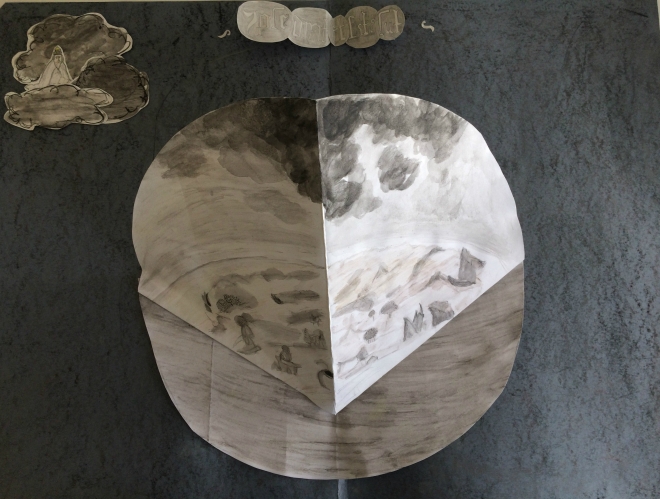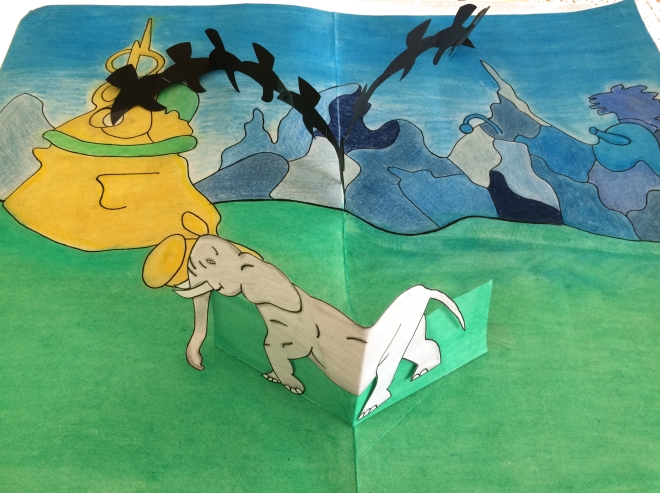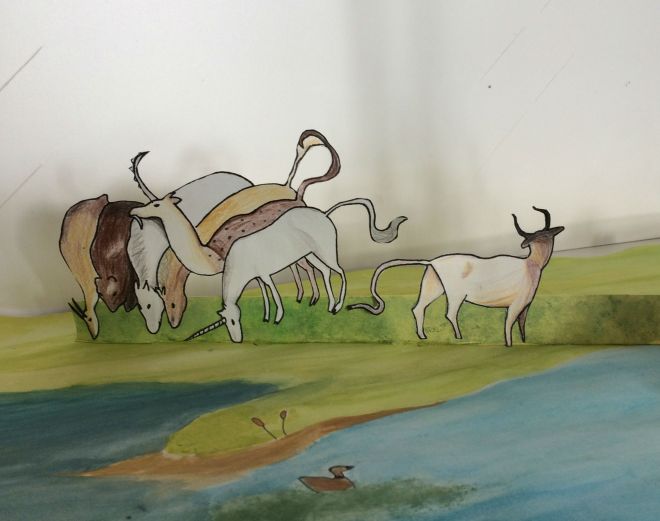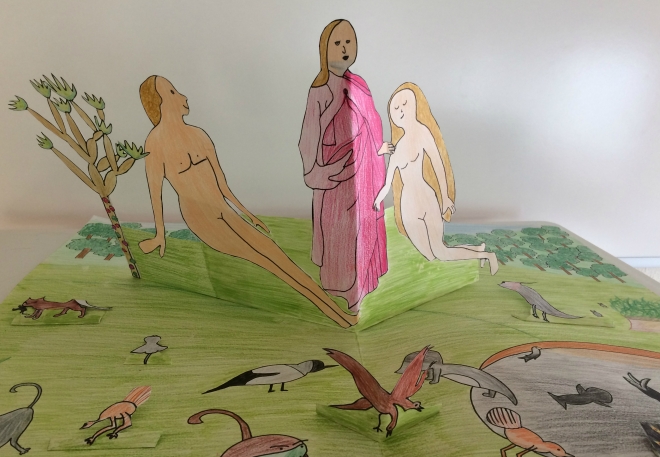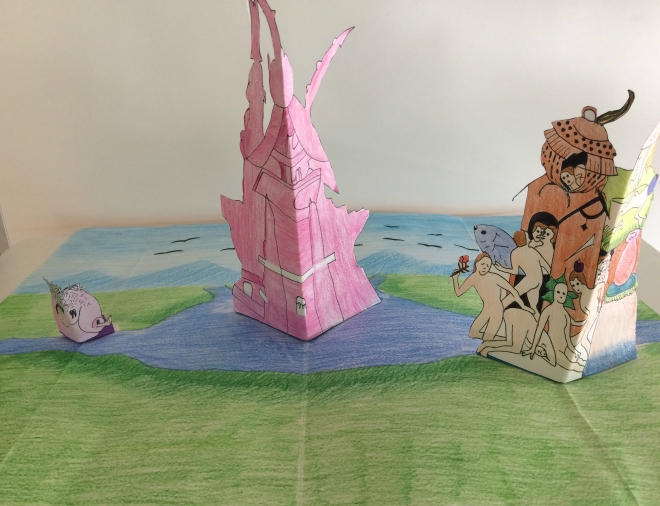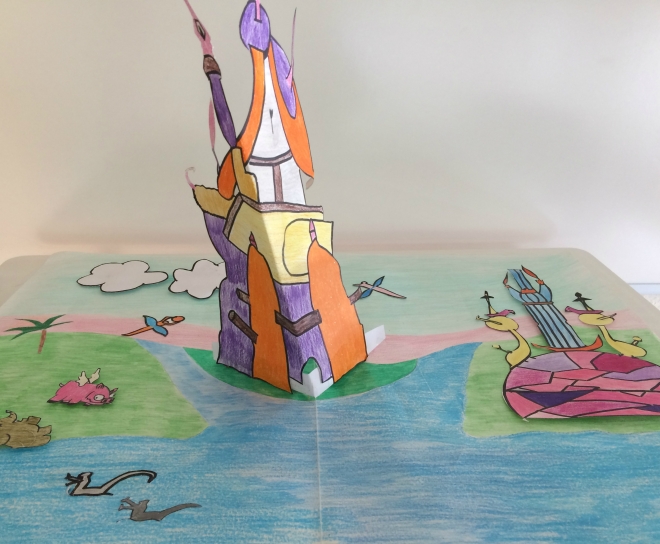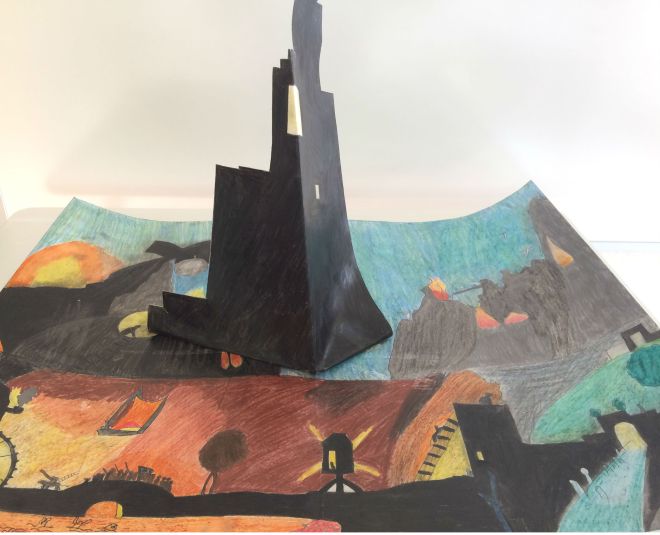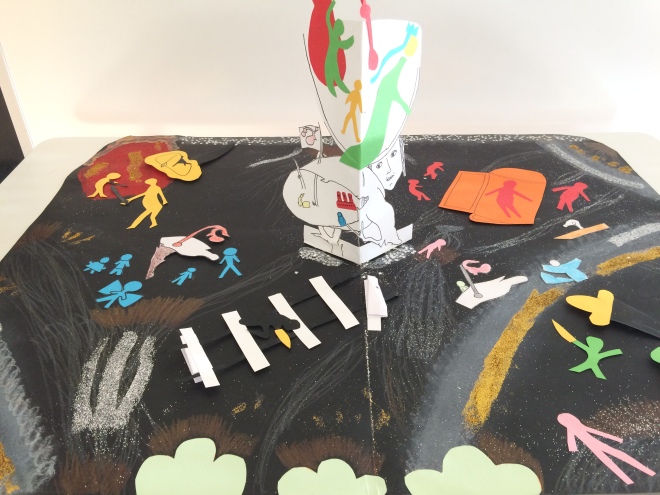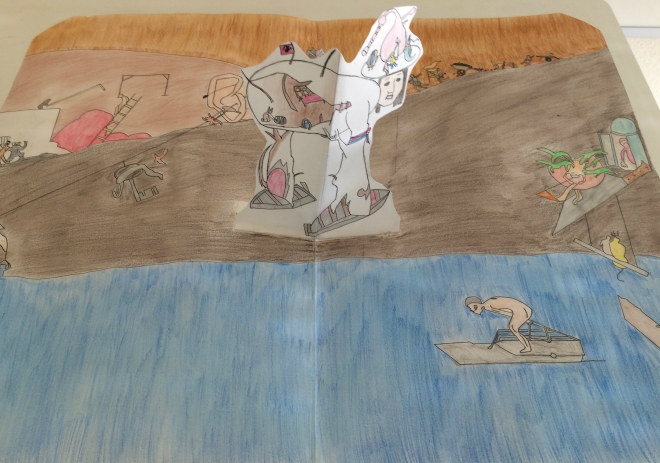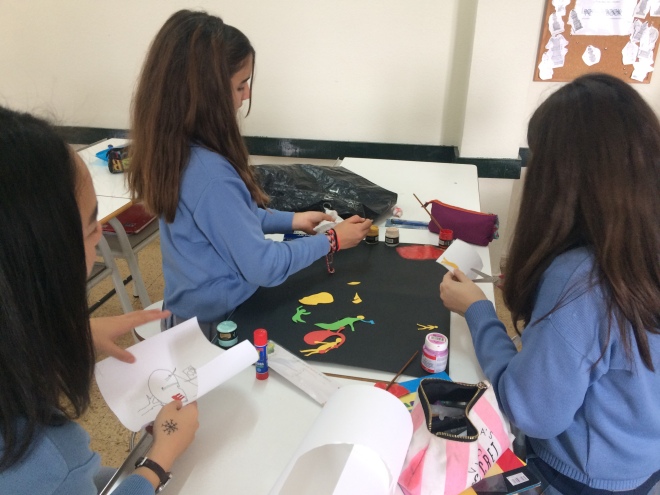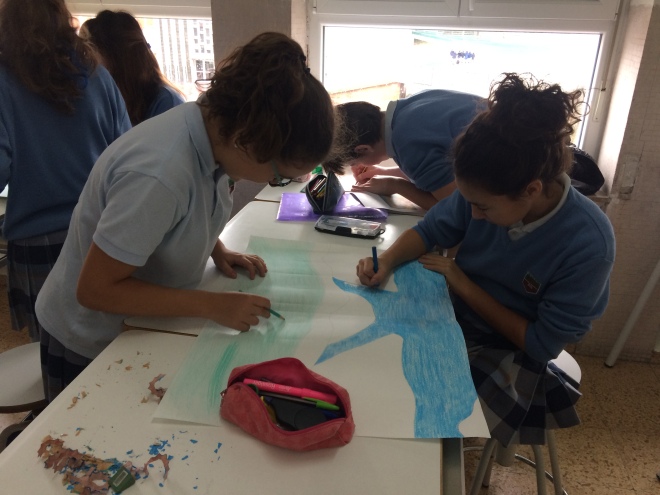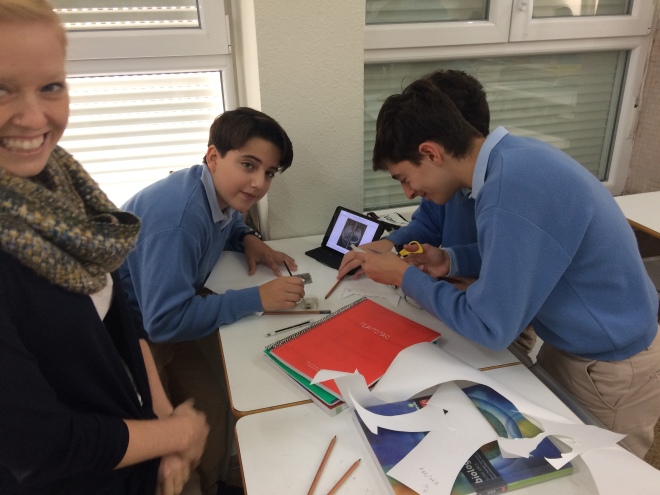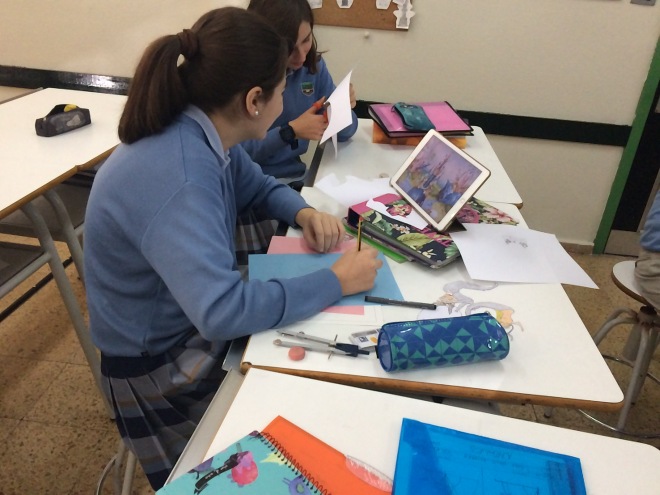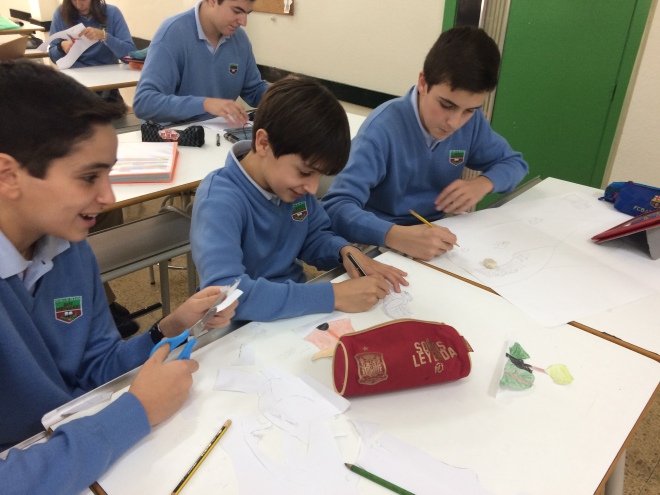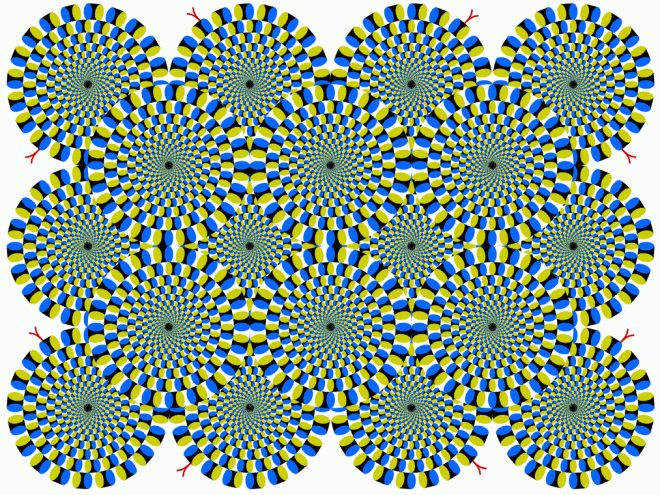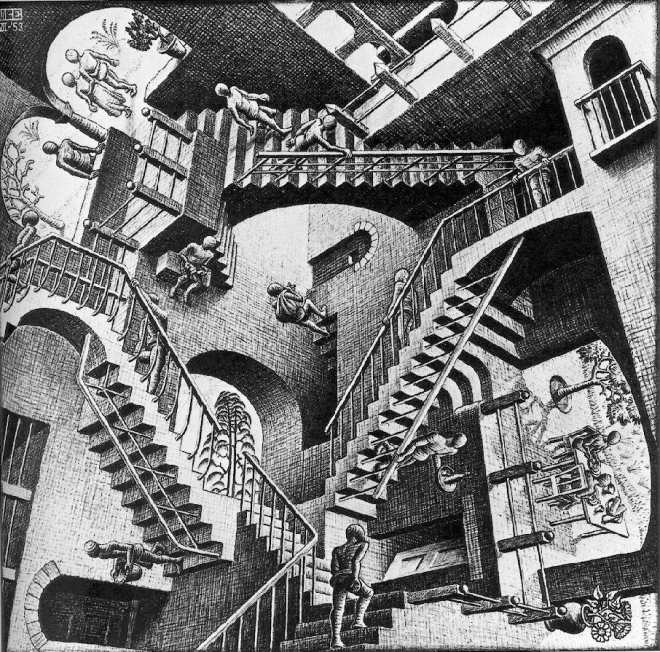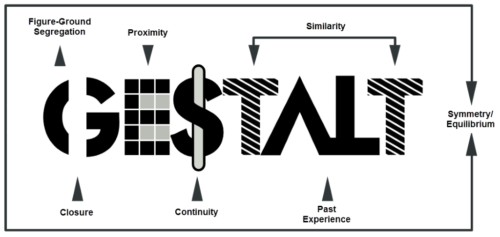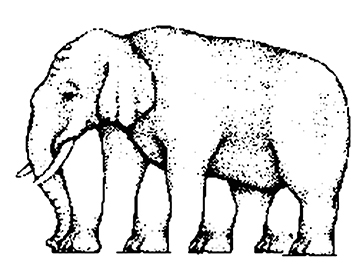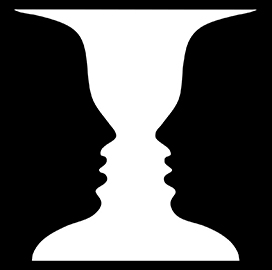UNIT 06: POLYGONS
EXERCISE 09: POLYGONS KNOWING LENGTH OF THEIR SIDES. GENERAL METHOD FOR INSCRIBING POLYGONS
In this case what we know is the length of the side of the polygons.
First thing you have to do is dividing drawing sheet into 5 parts:

1. PENTAGON KNOWING ITS SIDE. S=3 cm.

STEPS:
2. HEXAGON KNOWING ITS SIDE. S=3 cm.

STEPS:
3. HEPTAGON KNOWING ITS SIDE. S=2.5 cm.

STEPS:
4. OCTAGON KNOWING ITS SIDE. S=2.5 cm.

STEPS:
5. GENERAL METHOD FOR INSCRIBING POLYGONS IN CIRCLES.
This method will be used only when the polygon does not have a particular construction, nor can it be obtained as a multiple of another, since this procedure has inherent great imprecision.
It is used to draw polygons inscribed in a circle of any number of sides.
The greater the number of sides, the greater the imprecision.
We are going to use it to draw an inscribed decagon in a circle r=3.5 cm.

STEPS:
Complete drawing sheet:










